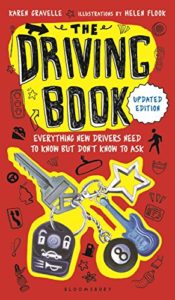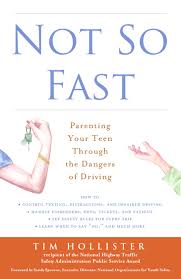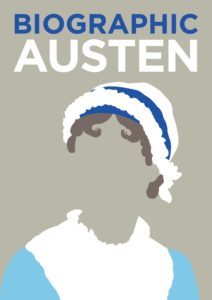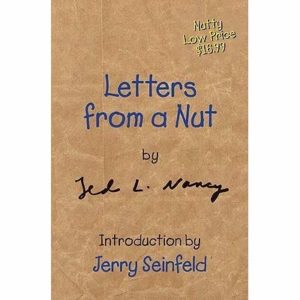Congratulations to JPL Staff!
Joplin Public Library (JPL) was recently announced as the winner of multiple Missouri Library Association’s Awards and a Grant at the 2023 Awards Gala held in Columbia, Missouri. The Missouri Library Association is a 501(c)(3) nonprofit educational organization operating to promote library service, the profession of librarianship, and cooperation among all types of libraries and organizations concerned with library service in the State of Missouri.
Beth Snow, JPL Teen Services Librarian, was awarded the Community Partnership Award, alongside Lisa Nelson from Landmark Builds, for their Iconic Joplin collaboration. This award recognizes a Missouri library and one or more community organizations for developing a partnership that benefits members of their shared community. As part of Joplin’s 150 year birthday celebration, Iconic Joplin engaged youth ages 12 to 16 in local history by building landmarks out of LEGO elements.
Snow was also awarded the Show Me Youth Services Award, which recognizes a library employee, Friend, or Trustee who serves as and/or advocates for children or young adults and who demonstrates notable and outstanding performance in planning, developing, and promoting programs, services, collections, reading activities or advocating for children and/or teenagers in their libraries and communities. Snow has worked as the Teen Services Librarian at the Library since 2015. In addition to being an advocate for the teens in her community, she works to foster a space where all teens can be who they are.
Carolyn Trout, retired JPL Director, received the Meritorious Achievement Award, which recognizes an individual who has made a significant contribution to

Beth Snow (Teen Librarian), Lisa Nelson (Landmark Builds), Carolyn Trout (former JPL Director), Jeana Gockley (JPL Director, on behalf of Justin Kelly)
libraries in Missouri. A recipient must be either an individual outside of the library profession or a retired librarian. Nominees must reside in Missouri and should have made either a contribution to libraries that gained recognition beyond the local level or have made an innovative contribution in the decisive factors in library development. During her time as JPL Director, from 1988 until 2006, Trout was a part of some very important projects for Missouri libraries. She served on a committee that created the first standards Missouri ever had for public libraries; she was instrumental in her work with the Missouri State Library on a program created to train non-library degreed public library staff; she was a connector of information and people using her passion for reference and history to introduce many to libraries; and library advocacy was important to Trout, and it is still something she is doing in retirement.
Justin Kelly, JPL Systems Administrator, was awarded a $3,000 Access and Innovation Grant, which aims to enhance, support, and develop library technologies and innovation that improve patrons’ access to library services. The grant will be used to upgrade internal wireless access points to offer WiFi6e protocol to accommodate more users at higher internet speeds. This is part of an ongoing effort to keep in step with national “broadband” standards. It will also bring a higher level of wireless security, along with new network monitoring tools.
“We are honored to be recognized by the Missouri Library Association for our efforts in patron services, community collaboration, and a commitment to ongoing improvement,” said Joplin Public Library Director Jeana Gockley. “Our staff is our greatest resource and these awards shine a light on the talent, dedication, and excellence present in this community’s local library.”





 The Driving Book: Everything New Drivers Need to Know but Don’t Know to Ask by Karen Gravelle
The Driving Book: Everything New Drivers Need to Know but Don’t Know to Ask by Karen Gravelle




